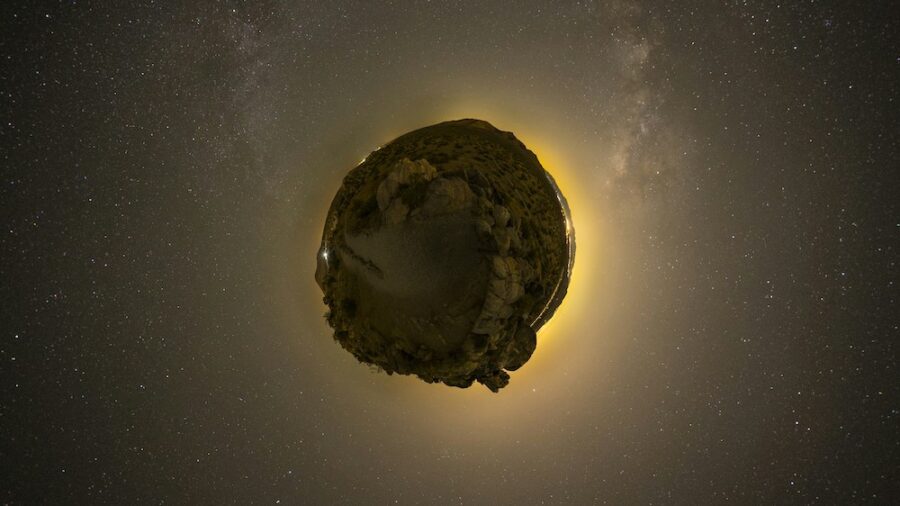Jumping Robot Going To Space For Asteroid Exploration

A three-legged jumping robot called Spacehopper has been designed to explore steroids using a hopping technique first developed when human astronauts explored the moon. The hopping motion was an adaptation to the Moon’s gravitational environment, which is about a sixth of that on Earth, and it helped the bipedal explorers move around under unfamiliar circumstances.
Spacehopper has been equipped with the ability to hop like the human astronauts that came before it and has been given the mission of exploring asteroids using this unique way of moving.
Jumping Through Space

In microgravity, it turns out that this bunny-hopping motion can be very useful, but not a strong enough launch to leave the gravitational pull of the object being navigated and not light enough to be completely motionless.
Spacehopper is equipped with articulated legs that it uses to jump through the air. Once Spacehopper is airborne, it flails its three articulated legs like an animal trying to right itself mid-fall, collecting data along its path.
Hopping On A New Level

While hopping robots aren’t new to space, the Japan Aerospace Exploration Agency’s Hayabusa2 project launched two in 2018, and Germany and France followed up with a collaboration known as Mobile Asteroid Surface Scout (MASCOT).
Spacehopper has taken hopping to a new level, though, using a more sophisticated method to right itself and applying an AI trial and error learning approach to help it make decisions. Spacehopper’s new abilities give it an edge in finding particular features of interest and collecting specific data for researchers back on Earth.
A Series Of Tests

Spacehopper was put through a series of tests during parabolic flights in which a plane is used to create periods of weightlessness by performing parabolic maneuvers similar in shape to a rollercoaster.
The robot surprised even its own engineers with how well it did on the tests, completing a series of test motions to reorient itself on a target during the microgravity experiments. Because the test was so successful, the experimentation phase for Spacehopper is almost finished, according to researchers.
European Space Agency

A team of eight students from ETH Zürich built and tested Spacehopper to improve our asteroid exploration abilities and expand the available technology that can be used in robotic space exploration.
The European Space Agency (ESA) plans to send astronauts to the Moon by 2030 and the technology developed by this group can contribute to robotic scouting missions to be conducted in the run-up to a human Moon mission. This is a big step forward for the use of AI and learning technology as well as robotics in space.
Asteroid Exploration

Another hopping robot called the Lunar Leaper is being developed using the data and engineering from Spacehopper. This second robot could be sent to the Moon as a part of the ESA’s lunar mission.
The researchers who are developing the Lunar Leaper alongside the 8 students from Zürich are planning to use their craft to explore a pit with a sub-surface lava tube attached to it.
Asteroid exploration has been a developing area of research as astrogeologists hope to gather data that can help them track the history of our universe. Spacehopper can help to further human understanding of complex microgravity environments and explore the geology of asteroids.
Determining the origins of interstellar objects and tracking their trajectory through space can give scientists insight into the physics of the universe as well as the origins of material deposited on other objects they collide with.
Source: Spacehopper











